2022 London Open House Festival unfolds
London's Open House Festival, the city-wide annual autumn architectural focus, has launched and is offering tours, insights, and a peek inside the capital's lesser-known treasures of the urban realm
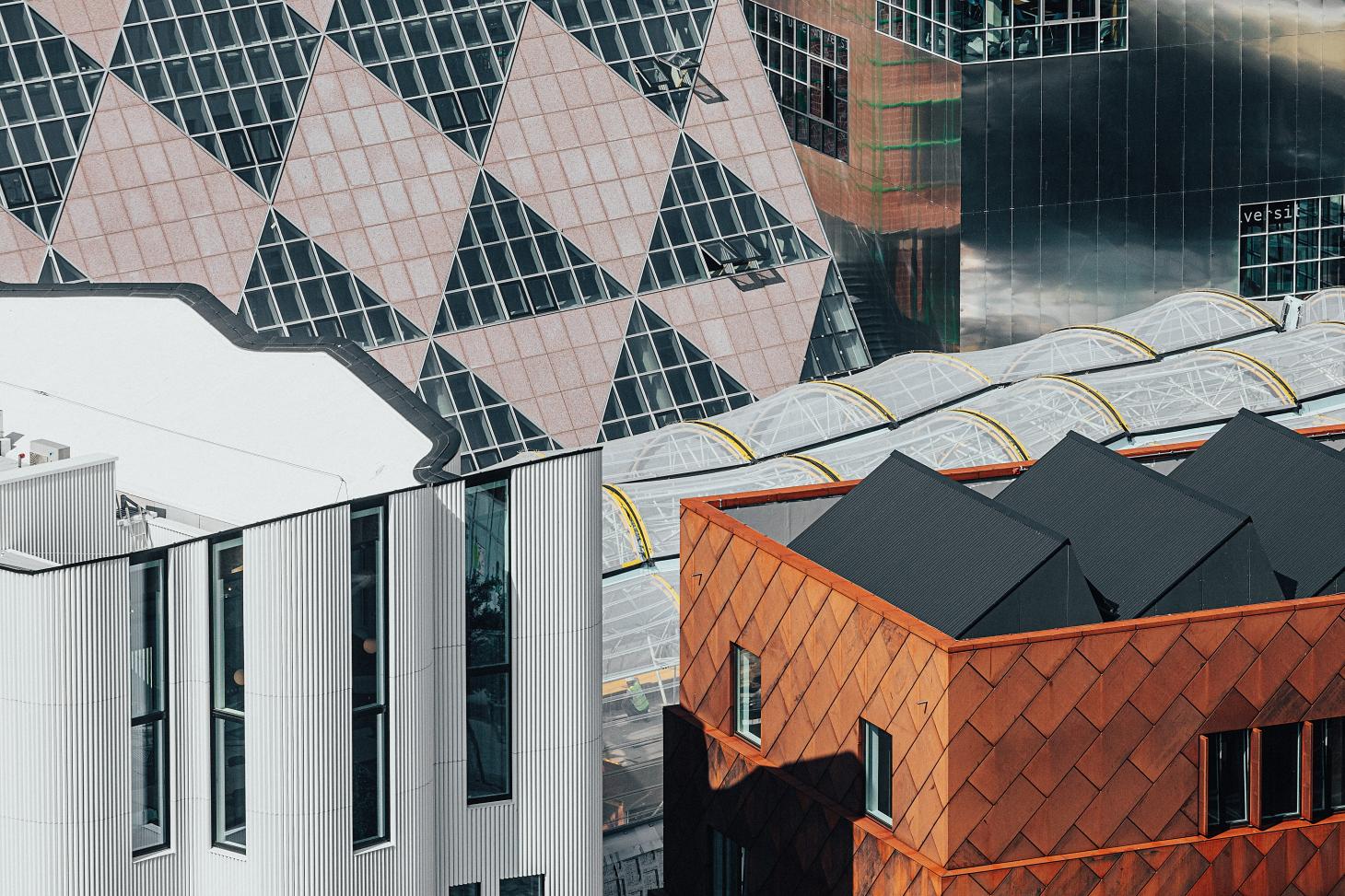
We can talk and think about architecture – and both of these, we must do, if we are to make our city better – but experiencing architecture is key to understanding the way buildings work, for their users, neighbourhoods and the wider urban realm. This is where the London Open House Festival steps in, offering the public the option to peek inside lesser-known urban gems, important civic buildings, otherwise-private architectural homes, and anything in between. Allowing every single one of us to delve deeper into understanding architecture and the built environment through tours by experts, educational events, and walking tours, the annual festival has a special role in London's ever-evolving relationship between its buildings and its people. Running between 8 and 21 September, this year the event has been scaled back significantly following the death of the Queen, but remains a pillar in the capital's arsenal of public-facing architectural activities, and serves needs spanning important educational purposes as well as those of the global design tourist and the specialist architecture aficionado.
Accompanied by Open City's newest publication, the deliciously fascinating London Feeds Itself, a book that cleverly connects food and architecture, London Open House Festival has wide-ranging highlights. Whatever your take on contemporary architecture, there's something there for you.
London Open House Festival 2022 highlights
A Stirling Prize contender: Sands End Arts & Community Centre

Photography: Rory Gardiner
Designed by Mae Architects in 2020, the Sands End Arts & Community Centre in Fulham comprises a single-storey building comprising bright, airy and flexible event spaces and a community café. The building is one of the six contenders for the 2022 RIBA Stirling Prize, which will be announced in October. From a net-zero redevelopment of a 1980s office block to education buildings, affordable housing, cultural and community spaces, and from London to Cambridge and Falkirk, Scotland, the awards this year explore issues around the current climate crisis, reuse and adaptation of existing buildings, as well as the value of community. Flexibility and the urban realm also appear strongly in the shortlist, which feels less about grand architectural gestures, and more about subtle, functional, everyday design for all.
A walk in the park: The Serpentine Coffee House

Photography: Luke Hayes
A good drink is obviously a key draw when in search of a place to rest and grab a coffee during a park walk; but great architecture, especially if you're entering the spirit of London Open House Festival, comes a close second, with design acting as a beacon that attracts visitors, enhancing their experience and sense of recharging. In this Hyde Park coffee house, guests can get both these things for the price of one, courtesy of emerging London and Malta-based practice Mizzi Studio. The compact building replaced a small kiosk on site and is part of a series of highly architectural coffee spots that Royal Parks is rolling out across Kensington Gardens and Hyde Park. The whole scheme comprises some ten structures, all designed by the young studio, which is headed by architect Jonathan Mizzi.
A new cultural destination: The Africa Centre
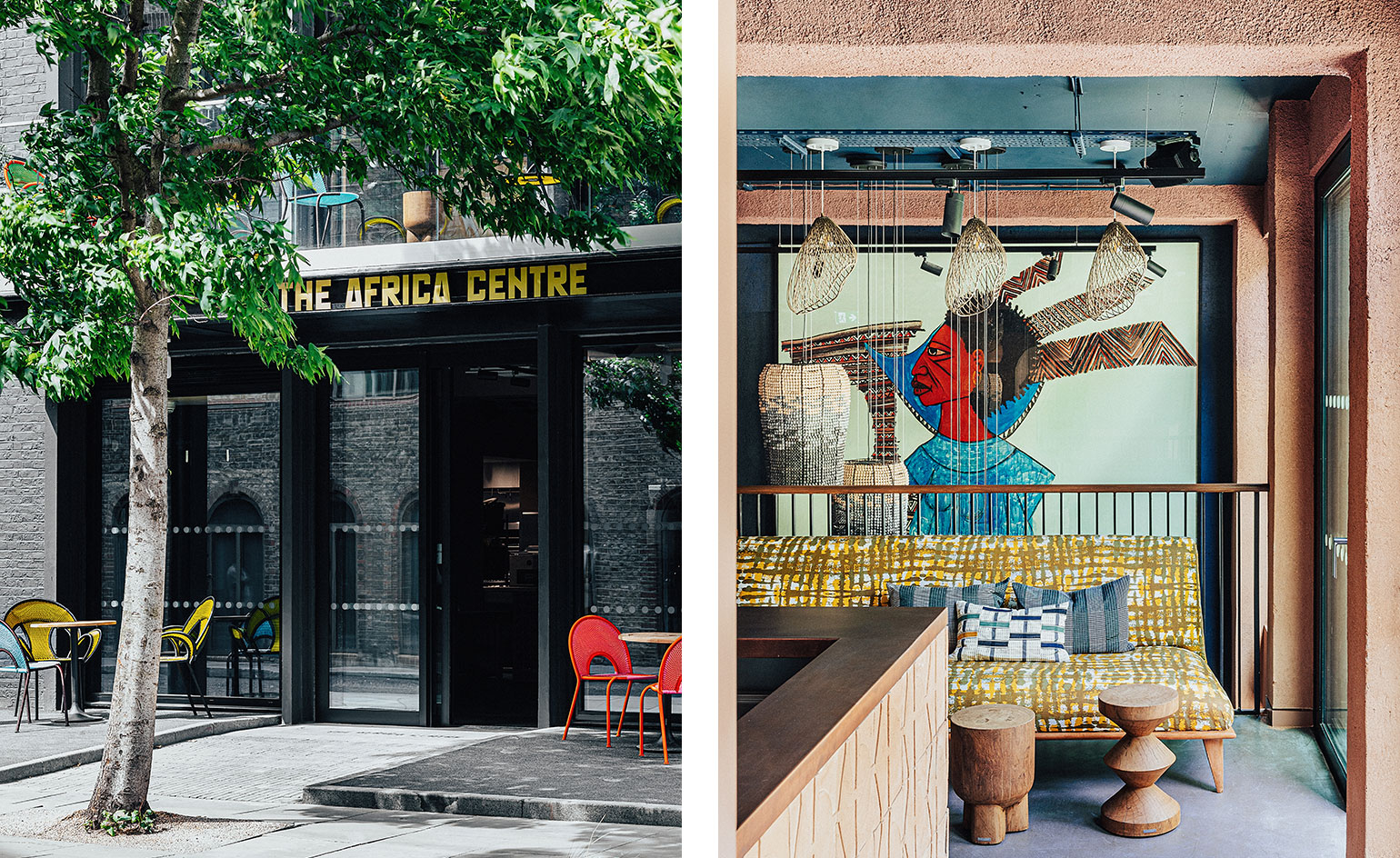
Photography: Taran Wilkhu
Freehaus has just completed its reimagining of a 1960s building in London’s Southwark into the new home of The Africa Centre – an ‘embassy of optimism’ for pan-African culture. The established London institution has been planning a move for some time, after 60 years in its previous, Covent Garden base. The London architecture studio led by co-founders Jonathan Hagos and Tom Bell won the competition for the new location’s design in 2019. Fast forward three years and one pandemic, and the new Africa Centre is about to open its doors, ready to boost culture and community in its immediate locality and beyond. ‘Southwark is home to the largest Black African community in London and therefore, possibly, the whole of the UK,’ notes Hagos. ‘We looked at the organisation’s five key pillars – community, entrepreneurship, intellectual leadership, culture and education – and worked on different spaces in the building that cater to their needs.’ Now, the redesigned structure – which used to be a fairly conventional office building – has been reconfigured to host a café and restaurant on the ground floor, a bar upstairs, an exhibition space on the second floor, and an education and digital hub, and a business centre in the top two levels (these last two areas are still work-in-progress, subject to additional funding).
A growing neighbourhood: London Design District

Photography: Taran Wilkhu
The Greenwich Design District's eclectic architectural mix was overseen by developer Knight Dragon and includes work by Barozzi Veiga, 6a Architects, and the Roz Barr-designed Bureau workspace, with SelgasCano’s snaking canteen building at the centre of the artfully jumbled assortment of studios and workspaces. In total, there are 16 buildings by eight architects, creating a self-containing eco-system that includes everything from eateries to photography studios, with small-scale workspaces that enable young professionals and studios to get a foot in the door. There’s even a public basketball court atop Architecture 00’s Building C1. Ultimately, there’s space for up to 1,800 to work here, in a location that is excellently served by transport links and a new wave of home-building.
A bespoke work/live space: Sun Rain Rooms
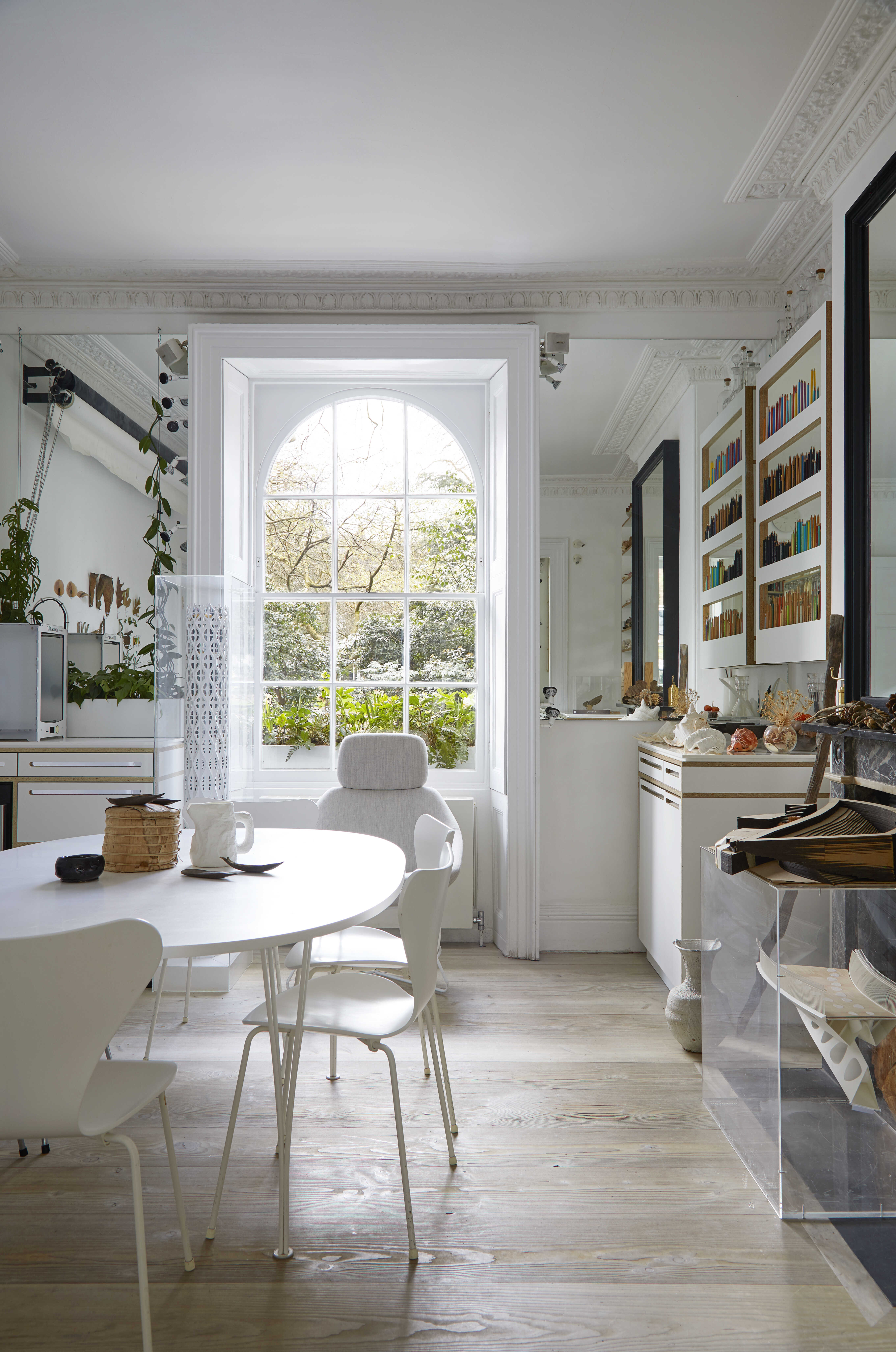
Photography: Anna Stathaki
London’s rich and diverse housing stock is enduring and resilient. From Georgian through to Victorian, Edwardian, and 20th century, the capital and its suburbs are home to an array of familiar typologies that have survived bombs and bulldozers, as well as endless shifts in the way we use our homes. Sun Rain Rooms is set in a Grade II-listed Georgian townhouse, and hosts the studio of architecture firm Tonkin Liu. Including an extension designed and built by the practice. The project features minimalist architecture, an innovative timber roof and a reflecting pool that collects rainwater. Image as featured in House London, out this month
Receive our daily digest of inspiration, escapism and design stories from around the world direct to your inbox.
A sustainable design studio: Yorkton Workshops
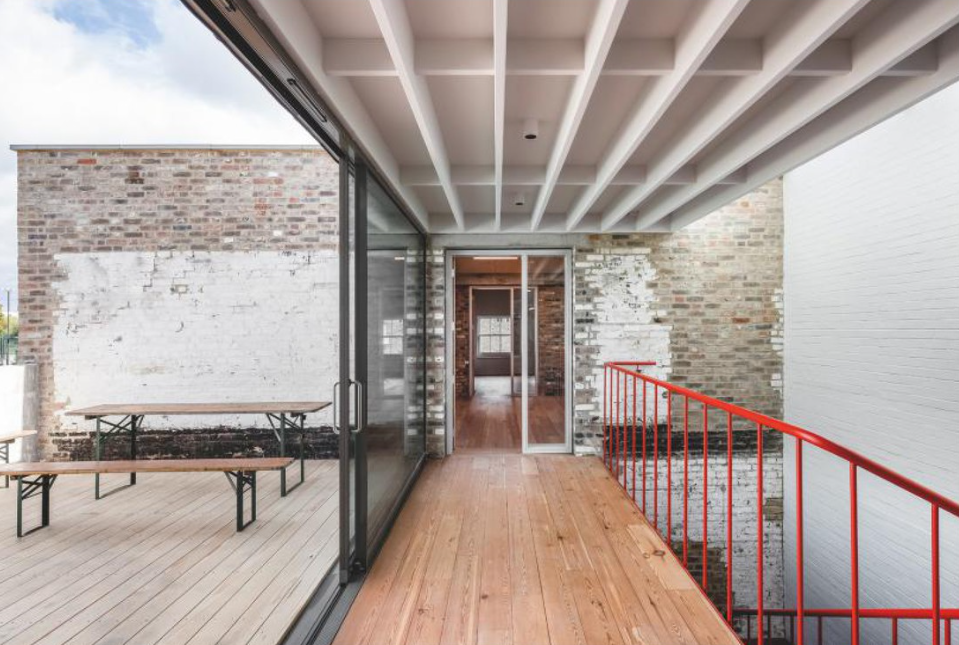
Photography: Taran Wilkhu
The east London headquarters of design studio Pearson Lloyd sympathetically bridges the gap between past and present. A mismatch of old structures, from a Victorian workshop to a 1990s factory building, may not immediately jump out as the perfect place to set up a contemporary office. But Luke Pearson and Tom Lloyd, the studio founders, saw the potential in just that kind of architectural jumble at the site. The pair had previously been working between two locations, but had been searching for the right spot to set up a new unified base, a bespoke, generous offce to house their growing numbers and varied activities, from conventional desk working to modelling and large-scale prototype making. Once they had acquired the site, just off Hackney Road, they started examining different ways of making the most of it. ‘The first design iteration [had] included a complete demolition of the [original] buildings and development of a three-storey new-build, with increased floor areas and the potential to create a creative hub,’ recalls Pearson. ‘However, this route led to a project that was full of compromises, increased costs and a loss of the spirit of the buildings as they were.’
An example of sustainable housing: A House for Artists

Photography: Johan Devlin
Affordable housing, sustainable architecture, and artistic creativity; all roll into one in this latest project by Apparata architects in Barking town centre in east London. A House for Artists is a new multi-family residential project, conceived as a replicable model for flexible living space that promotes civic engagement and community-building. It was brought to life by Create London, an independent agency that commissions art and architecture in the public realm, and London Borough of Barking & Dagenham, and it’s a scheme that aims to shake up the way we think about housing. A House for Artists, as its name suggests, is set to house 12 artists and their families in a single building, designed by emerging London-based studio Apparata, headed by Nicholas Lobo Brennan, Astrid Smitham and Theo Thysiades. Create London, the organisation behind several acclaimed public-realm projects, co-commissioned the scheme.
INFORMATION
Ellie Stathaki is the Architecture & Environment Director at Wallpaper*. She trained as an architect at the Aristotle University of Thessaloniki in Greece and studied architectural history at the Bartlett in London. Now an established journalist, she has been a member of the Wallpaper* team since 2006, visiting buildings across the globe and interviewing leading architects such as Tadao Ando and Rem Koolhaas. Ellie has also taken part in judging panels, moderated events, curated shows and contributed in books, such as The Contemporary House (Thames & Hudson, 2018), Glenn Sestig Architecture Diary (2020) and House London (2022).
-
 The Bombardier Global 8000 flies faster and higher to make the most of your time in the air
The Bombardier Global 8000 flies faster and higher to make the most of your time in the airA wellness machine with wings: Bombardier’s new Global 8000 isn’t quite a spa in the sky, but the Canadian manufacturer reckons its flagship business jet will give your health a boost
-
 A former fisherman’s cottage in Brittany is transformed by a new timber extension
A former fisherman’s cottage in Brittany is transformed by a new timber extensionParis-based architects A-platz have woven new elements into the stone fabric of this traditional Breton cottage
-
 New York's members-only boom shows no sign of stopping – and it's about to get even more niche
New York's members-only boom shows no sign of stopping – and it's about to get even more nicheFrom bathing clubs to listening bars, gatekeeping is back in a big way. Here's what's driving the wave of exclusivity
-
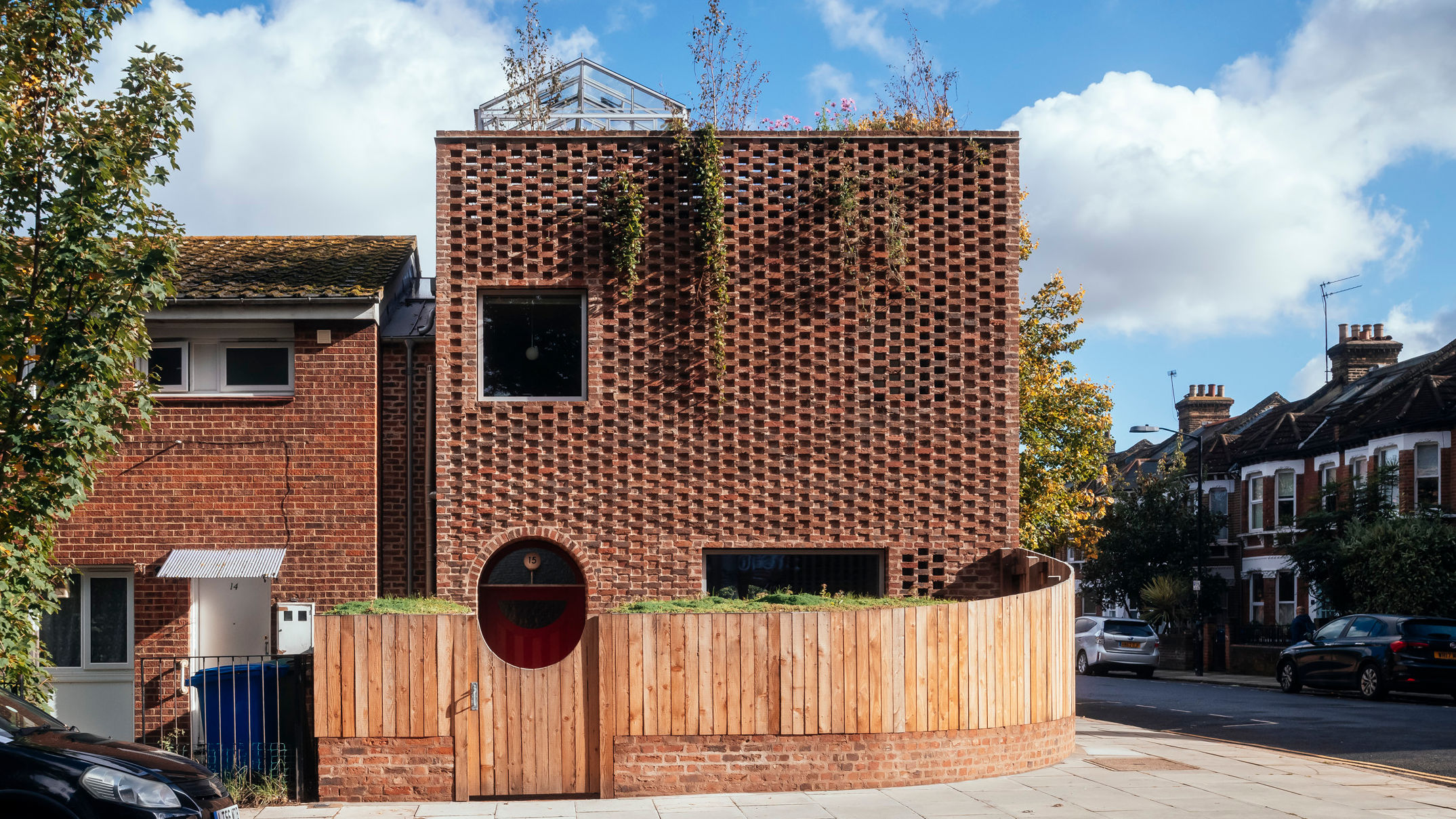 What to visit during London Open House 2024? We asked the experts
What to visit during London Open House 2024? We asked the expertsLost in choice? London Open House 2024 is as exciting as it is expansive. We asked some of our friends, all experts in their architectural field, for their tips on what to visit at this year's event
-
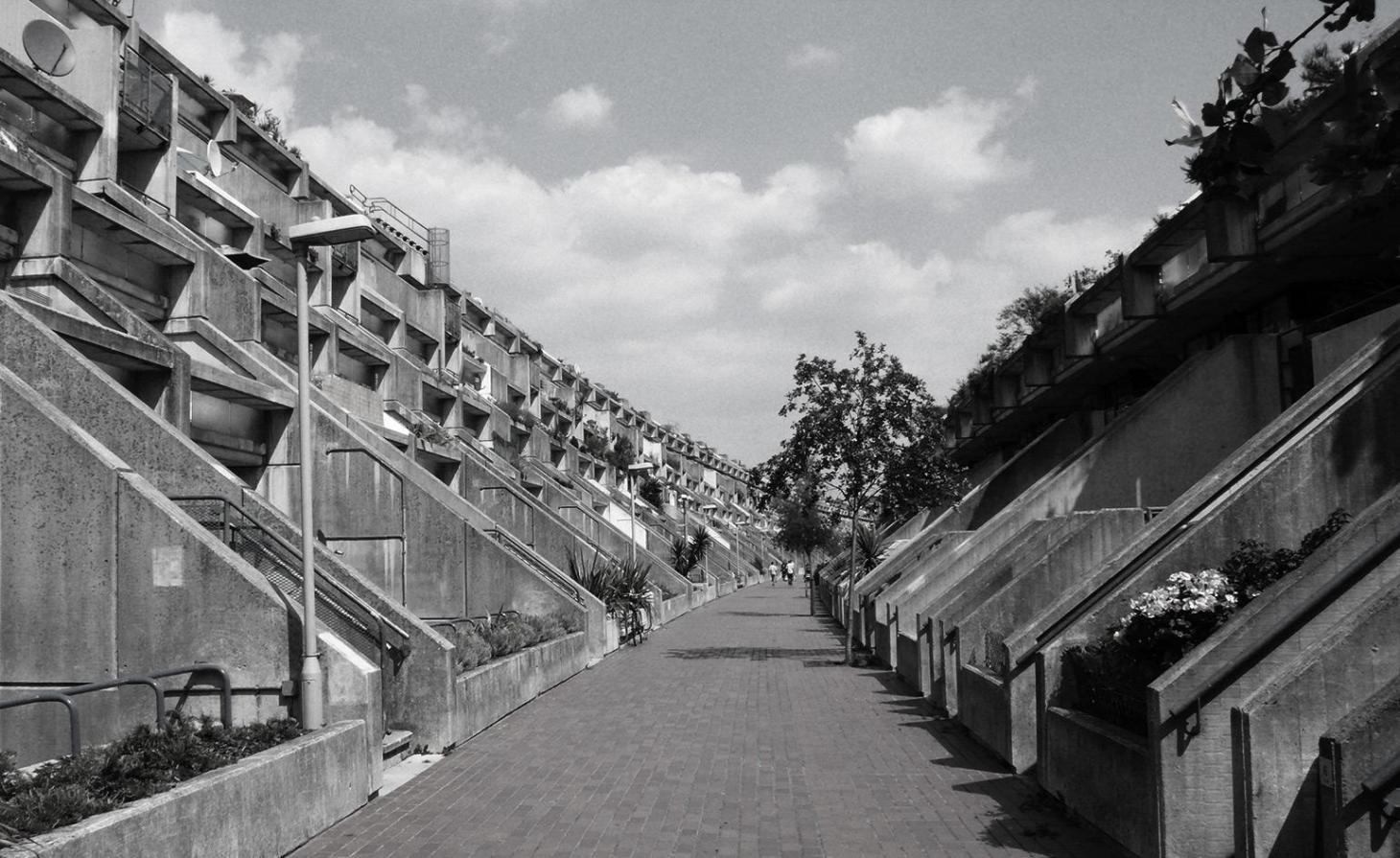 Open House London 2023: highlights and architectural celebration for all
Open House London 2023: highlights and architectural celebration for allOpen House London 2023 is about to launch, offering ten days of architectural celebration across the city
-
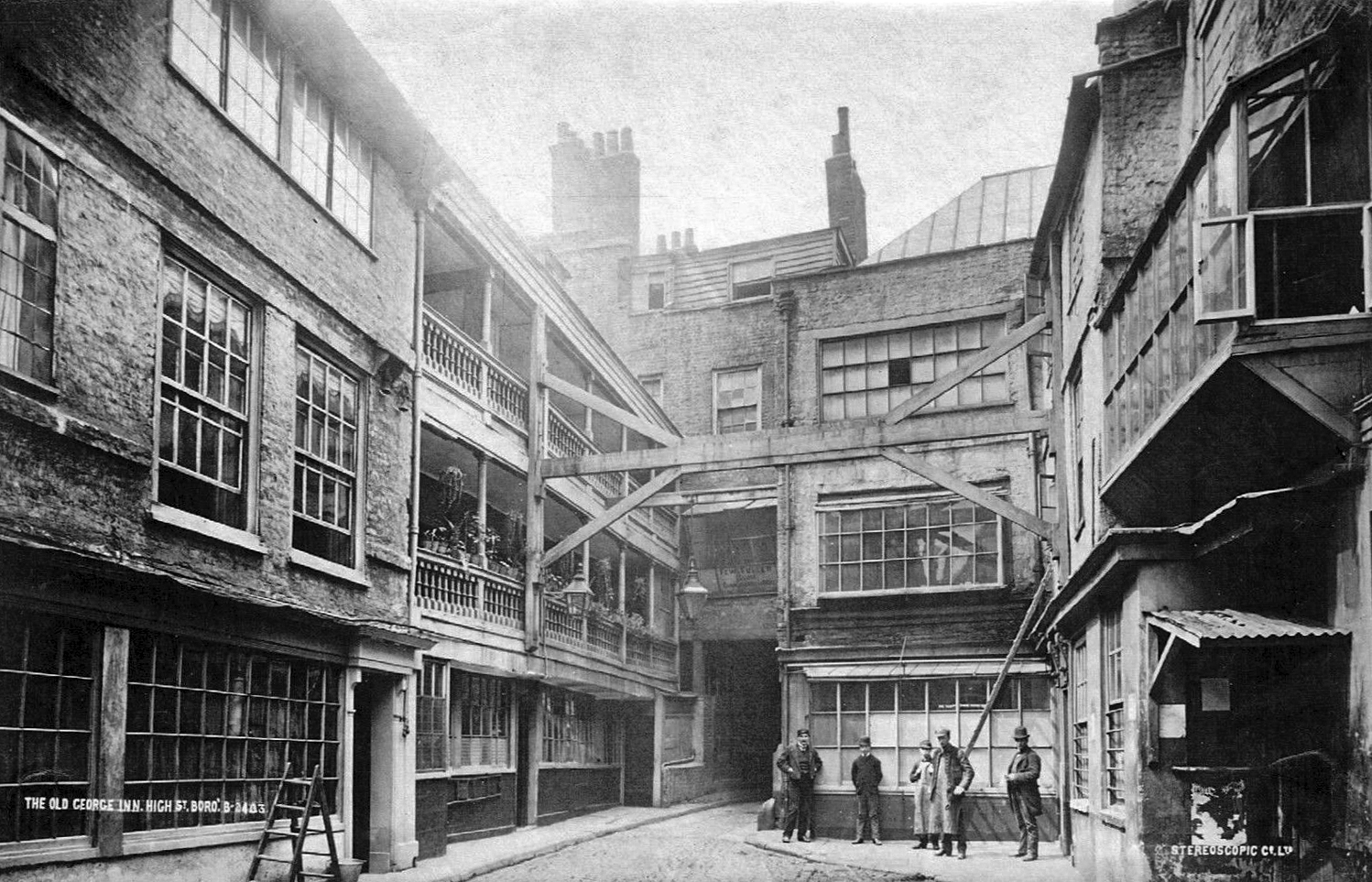 Cheers to that: Open House 2021 celebrates London pubs
Cheers to that: Open House 2021 celebrates London pubsOpen House 2021 is accompanied by an extensive survey of the social and architectural history of London pubs in the shape of a book, Public House
-
 What to see at Open House London 2018
What to see at Open House London 2018 -
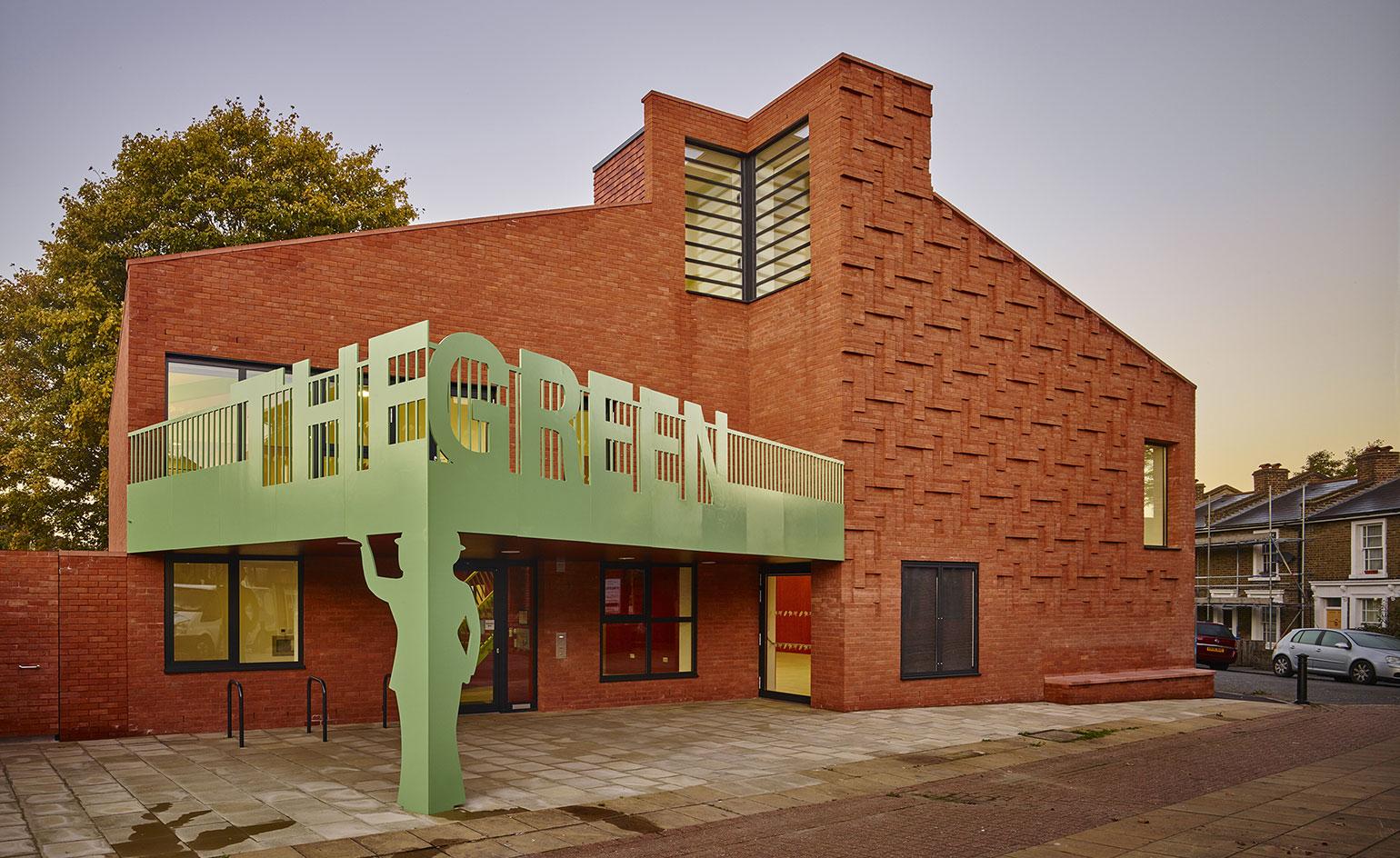 Must see: we tour the newest of this year’s Open House weekend offerings
Must see: we tour the newest of this year’s Open House weekend offerings -
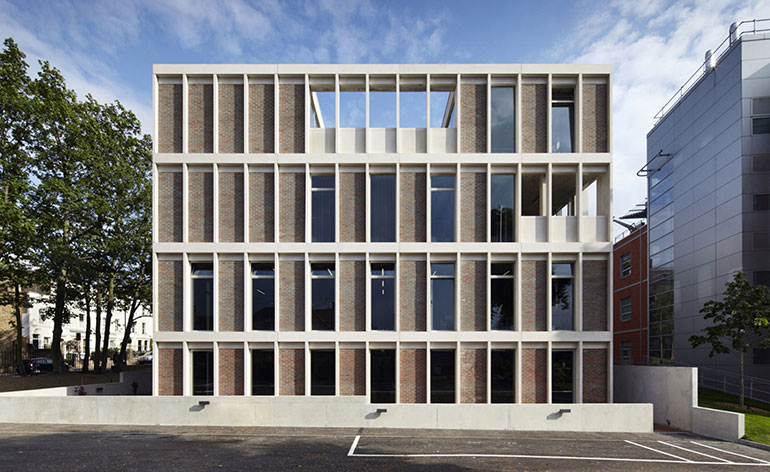 Line up: London’s Open House weekend is upon us
Line up: London’s Open House weekend is upon usLondon's Open House weekend is upon us! Find out what is in store...
-
 Open House London 2013: the 20 buildings to step inside this weekend
Open House London 2013: the 20 buildings to step inside this weekend -
 Open House London 2012: the top 20 destinations
Open House London 2012: the top 20 destinations